At the beginning of the pandemic, it would have been almost impossible to anticipate the effects that the coronavirus protection measures would have on the horticulture sector. As sentiment swayed between hope and fear, there was a great deal of uncertainty as to whether the sales channels for “living” horticultural products would even be open on the one hand, and on the other hand, whether the consumers would want to spend money on flowers and plants during such financially uncertain times or whether their willingness to spend would decrease.
We now know that green products and flowers established themselves as symbols of normality and a nice environment: Shops and consumers were keen on green. That is how Co Concept agency, commissioned by IPM Essen, describes where the green sector stands after two years of the pandemic. “Consumers had a hunger for cut flowers”, the market report points out.
Because consumers had fewer opportunities to spend money in other expenditure-intensive sectors such as travelling, gastronomy and cars, they increasingly turned their focus towards their own homes and gardens over the past two years.
Many people used the lockdown phases as an opportunity to busy themselves with work inside their house, on the balcony or in the garden, in order to compensate for the leisure activities that were no longer possible and increase their sense of well-being. Record levels of home improvement and gardening were reported.
Central hub for Europe
Some figures from the Dutch flower industry illustrate the massive change of the market situation in 2021. Reports from Royal Flora Holland – one of the largest marketing organisations for flowers and plants which is based in the Netherlands – show how intensively and quickly the backlog demand of consumers was dealt with at the wholesale level. As a central hub for the European flower trade, the marketplace reached the turnover threshold of EUR 1 bn in the first weeks of March in 2021 – approximately three weeks earlier than in previous years. This was also largely due to the high price level. For example, the average price for cut flowers at the beginning of March 2021 was 48 per cent higher than the same week in the previous year.
New sales records
The Dutch Association of Wholesalers in Floricultural Products (VGB) also reported record exports of around EUR 4.1 bn for the first half of 2021 for the Netherlands, which is by far the most important European hub for the plant sector. The record results are…

 Menü
Menü




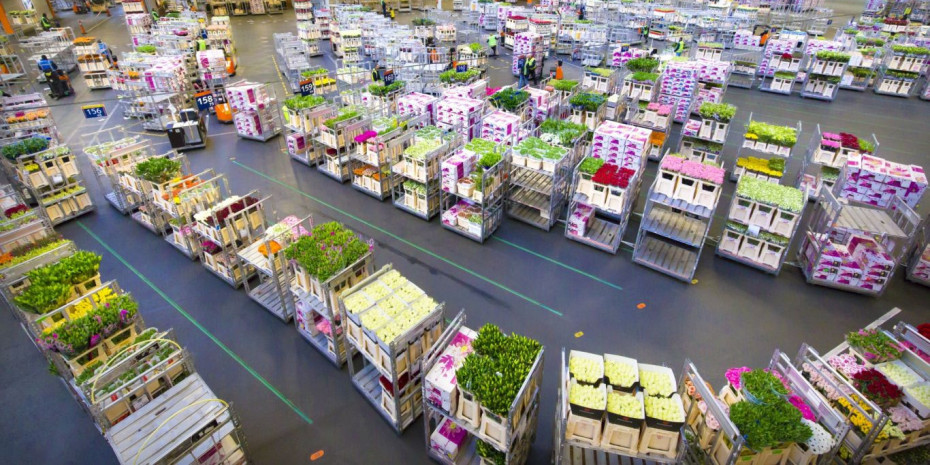

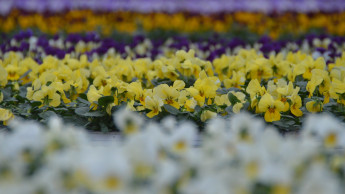
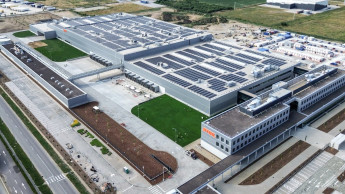
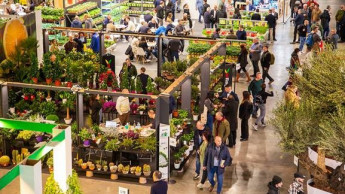
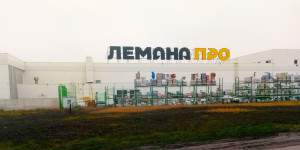





 Newsletter
Newsletter